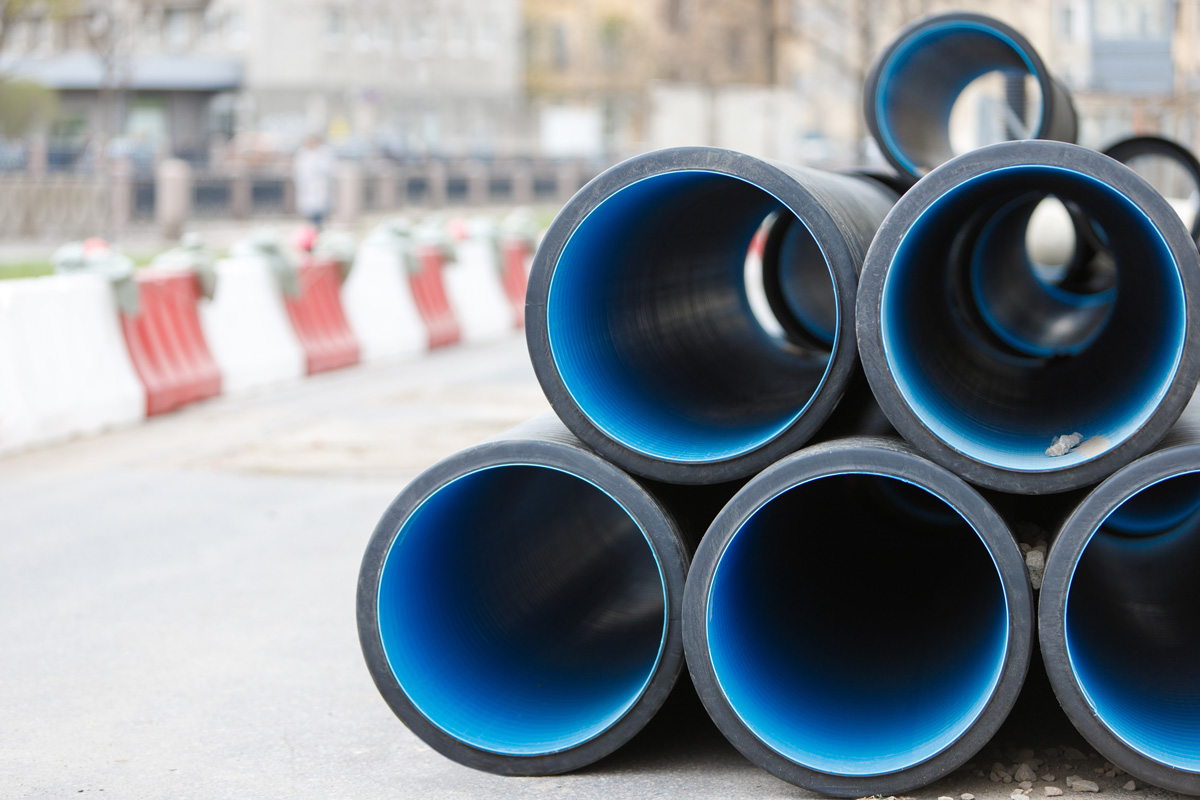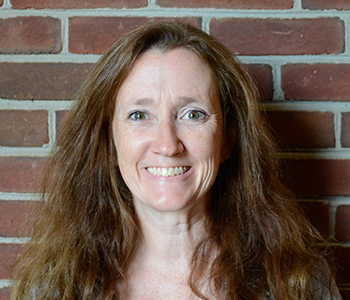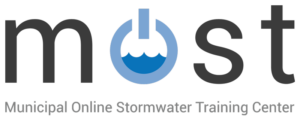The MOST Center is an online resource to help communities address major challenges to their water systems such as aging infrastructure, flooding, and climate resilience. The virtual platform works to eliminate barriers small communities face to achieving their water system goals – accessibility to education and training, budget constraints, and lack of expertise. MOST serves multiple stakeholder groups that have diverse, but critical, roles in the development and management of municipal water programs. The platform boasts a range of educational resources including short on-demand courses, an interactive case story map, educational videos, and a resource library with manuals, reports, toolkits, and more.
Featured Resources

Integrating Green Infrastructure into Capital Improvement Planning
As communities across the country face challenges with regulatory compliance, growth, flooding, and maintaining existing infrastructure, significant capital investments in infrastructure will be required. Green infrastructure is a preferred stormwater best management practice that can achieve multiple community benefits. This 1 hour 45 minute course outlines strategies for integrating green infrastructure into capital projects such as roads, utilities, parks, and schools. By utilizing an integrated “Dig Once” approach, communities can achieve more cost-effective solutions and a greater return on investment.

Green Infrastructure and Low Impact Development 101
This 1-hour course provides students with an overview of Green Infrastructure and Low Impact Development (LID). From defining basic concepts to describing specific applications and practical strategies for implementation, this course will help interested professionals understand how Green Infrastructure and LID can benefit their communities by contributing to flood management strategies and natural resilience, promoting clean water and environmental quality, and enhancing livability.

Landscaping for Resilience in a Changing Climate
The Earth’s climate is changing. Impacts – including higher temperatures, rising sea levels, and longer periods of extreme weather – are being felt across the country and are expected to worsen. The good news is that there are actions we can all take to help mitigate and adapt to the impacts and build more resilient communities. This 2-hour course explains the difference between weather and climate, and provides an overview of how human activities are contributing to this rapid and unprecedented pace of climate change. Specific climate impacts are covered along with sustainable landscape practices that can be used to help mitigate climate change and promote resilience. Practices include using native plants and trees, designing for extreme precipitation, and installing resilient stormwater BMPs to mitigate flooding and other impacts. The course ends with a description of climate impacts and landscaping strategies specific to the natural and built environments at the water’s edge.
Project Leadership:

Jennifer Cotting
Director
Environmental Finance Center University of Maryland
School of Architecture, Planning and Preservation
jcotting@umd.edu
(301) 405-5495


